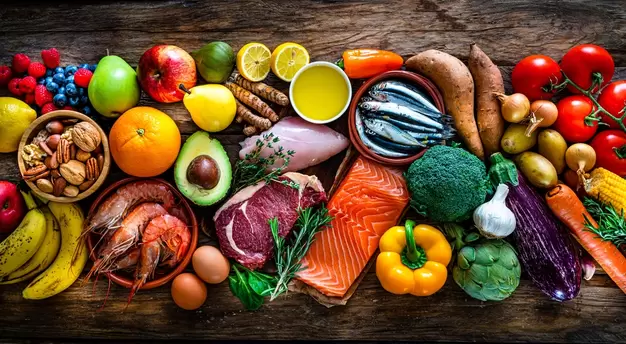Researchers at the Food is Medicine Institute at the Friedman School of Nutrition Science and Policy have developed a new screening tool to assess Americans’ access to healthy food. The Nutrition Security Screener (NSS) complements traditional food security measures by focusing on whether people can regularly obtain and eat nutritious foods that support health and prevent disease.
The two-item NSS, developed with Kaiser Permanente and the Los Angeles County Department of Public Health, was tested in five large surveys from 2022 to 2023 with over 20,000 adults from diverse backgrounds across the U.S. The first item asks how difficult it is to regularly get and eat healthy foods, while the second identifies barriers such as cost, cooking skills, food storage, transportation, and nutrition knowledge.
“Although the U.S. food supply provides plenty of calories, most Americans do not eat enough nutritious foods,” said Dariush Mozaffarian, director of the institute. Diet-related diseases are a leading cause of preventable illness and health care costs, he added.
The study, published in The American Journal of Clinical Nutrition, found that nutrition insecurity only moderately overlaps with food insecurity, meaning many people struggle to access healthy foods even if they are food secure. Nutrition insecurity was independently associated with higher risks of diabetes, obesity, hypertension, high cholesterol, heart disease, stroke, and poorer self-reported physical and mental health.
The most common barrier was cost, reported by up to 81% of participants. Other barriers included lack of knowledge about healthy foods, limited time to shop or cook, traditional foods being hard to make healthy, and limited availability of nutritious options.
“Barriers to healthy eating are complex and extend beyond affordability alone,” said Hope Craig, first author of the study.
The NSS can help health care providers, public health officials, and policymakers identify who struggles to access healthy food and why. This allows targeted interventions such as federal nutrition programs, culinary education, or support for those with physical or equipment limitations.
By integrating nutrition security screening alongside food security measures, the tool offers a clearer picture of food access and can guide strategies to reduce diet-related health disparities in the U.S.







